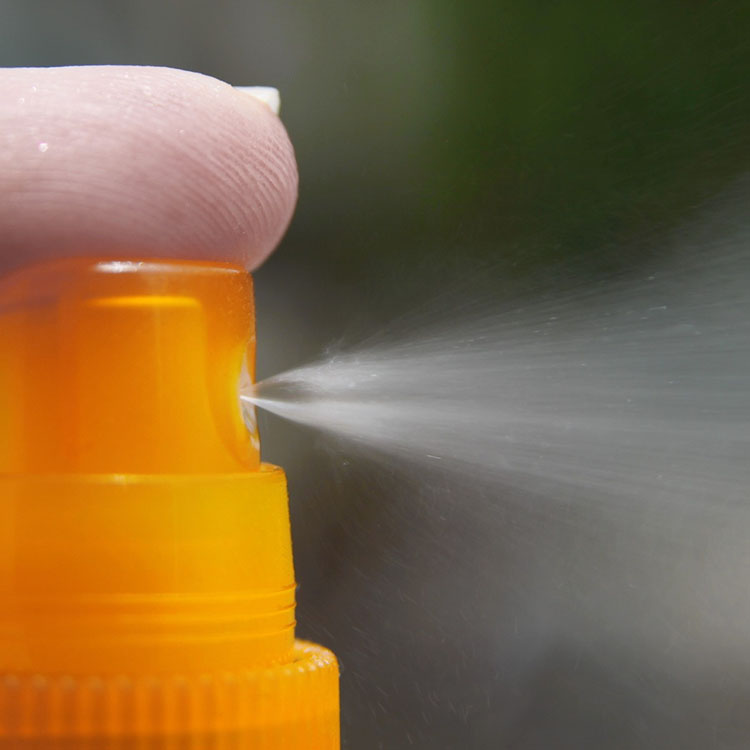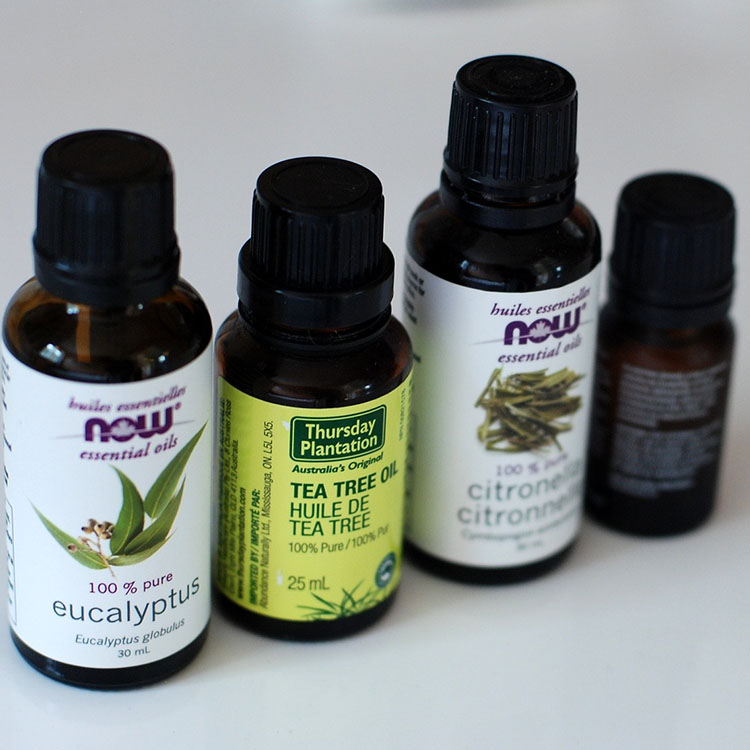Bat Repellent
Any wildlife removal expert will tell you that the safest way to get rid of bats is by exclusion. This is the method recommended by U.S. Fish and Wildlife, and just about the way to do so legally. In this article I'm going to explain why this method is so highly regarded, and why fumigants, powders, pellets, and anything else labeled as "bat repellent" will only cost you time, money, and sanity.
Chemical-Based Bat Removal Products
The myth of bat repellent is real. Countless customers have written or called me to discuss bat removal. Most of the time, they've tried to get rid of the bat or bats themselves before calling me, and rightly so. We perform a service that costs money, and most homeowners (including myself), will look to save a buck whenever possible. Unfortunately, a lot of my customers get scammed or otherwise fooled by corporations that manufacture so-called bat repellent, bat poison, or bat removal spray.

Sprays and Liquids
If a wildlife removal specialist, pest control operator, or home warehouse store employee advises you that you can remove bats from your attic with a spray or liquid, they're dead wrong. Nothing could be less effective at remove bats than a pesticide. In reality, you'll end up either spending money on a product that didn't perform, or if you are being sold a harsh pesticide, killing the bats and committing a costly crime. You see, these animals are protected by the Endangered Species Act, and the penalty for committing crimes against bats is upwards of $300 per bat to start with.
Pellets and Pads
Bats are not moths or other household insects. You can't keep them away with moth balls or similar products supposedly designed for bats. It is true that bats are not fans of moth balls, and will stay away from them. But just imagine filling your entire attic with moth balls! There's no way to make this work on a large scale, and would be very costly. Moth balls contain napthalene, which is also harmful to humans if concentrated and used in an enclosed space. By the time you get the bats out of your attic, you'll probably end up experiencing some of the side effects of heavy napthalene exposure. This includes vomiting, diarrhea, swelling, and inflammation of the nasal passages.
Light and Sound Repellents
This is another hit or miss product that misses more than it hits, and requires that you use in excess. Some cases have shows that bats will stay away from well-lit entry points to your home if the light is bright enough, or if there is an oscillation to it. It's completely unrealistic to shine bright lights in and around your home every night and every day to keep these creatures from nesting in your attic. You'll end up frustrated and back to square one the minute you shut those lights off, anyway.
Sound machines have not been proven to disrupt bat echolocation, keep bats away from your attic or home, or even bother them. It's true that bats hear at a much higher frquency than humans, but that doesn't mean that noises even bother them. Unlike humans, bats don't have pet peeves, and aren't easily bothered as long as they are left alone and can feed.

Organic Remedies
Are there home remedies for removing other pests from your house? Sure! Sweeping with a cinnamon broom is great for keeping ants away, and burning sage will keep out evil spirits. Bats are another story altogether. They are resilient, highly intelligent mammals who aren't easily flustered. They will stay in your attic until you get the job done properly via live exclusion. Not only is this the most humane way to deal with these creatures, but it is also the #1 most effective way to remove bats from a home, period.
